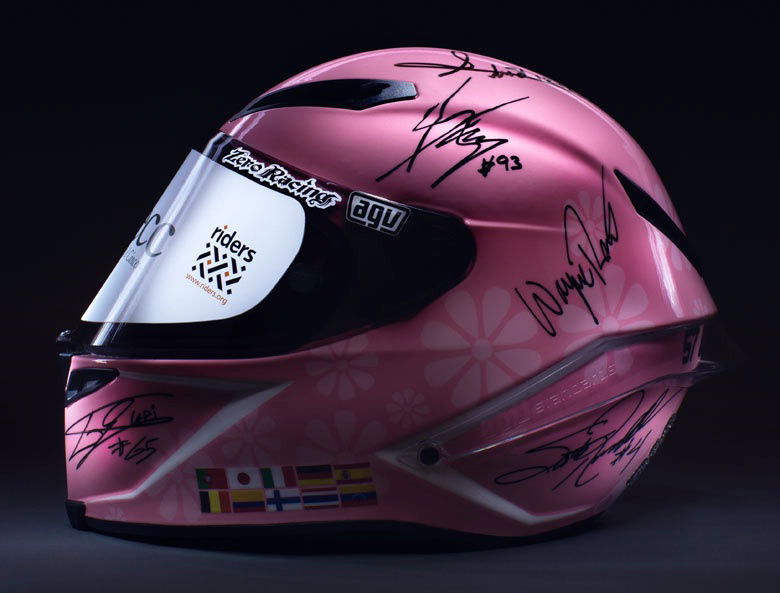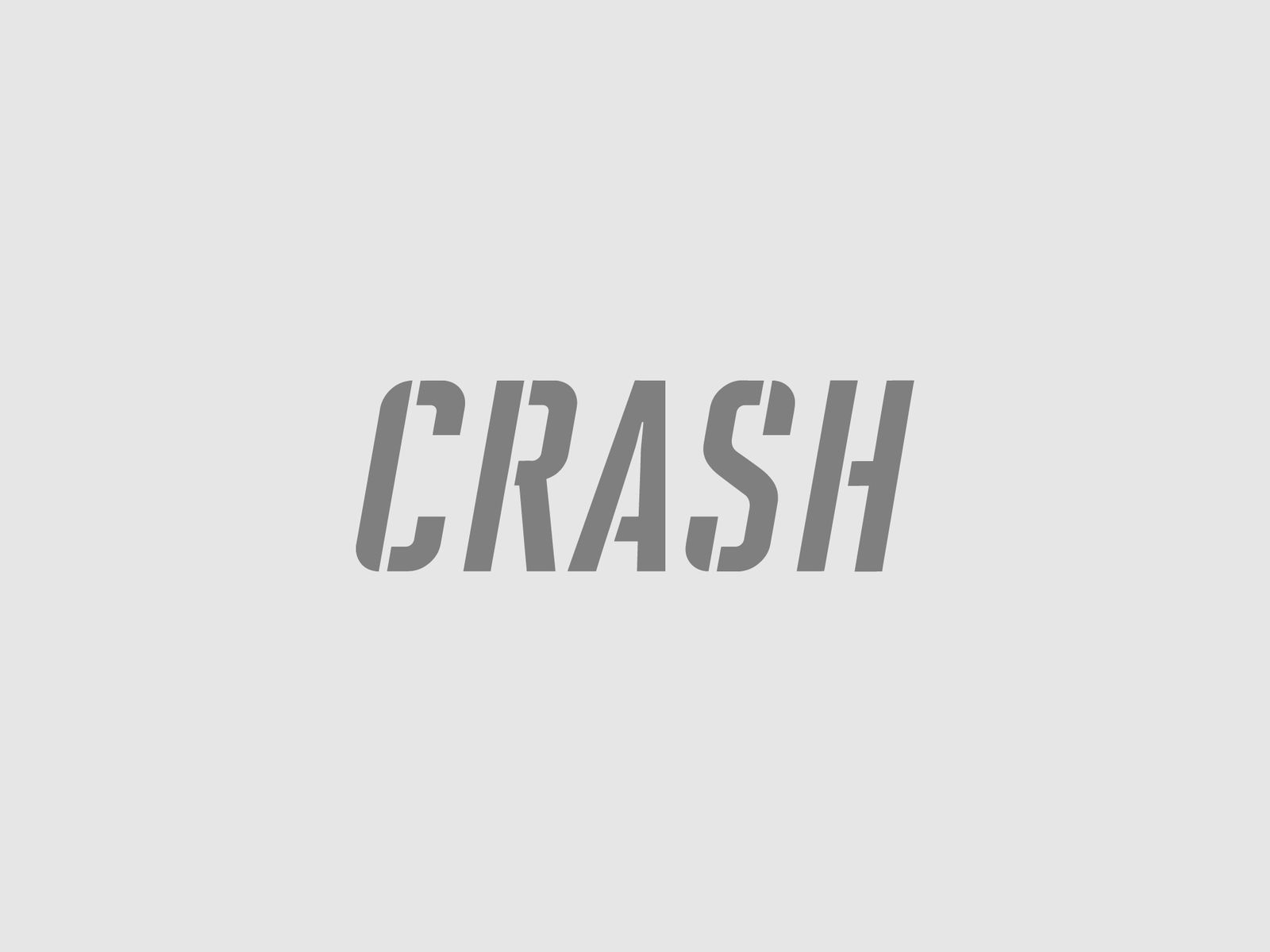2016 MotoGP ECU to be 'equal, easy, safe'

A unique collaboration is about to take place between the MotoGP manufacturers, which are to pool their electronic secrets and jointly develop a new control ECU.
The current 'Championship ECU' is only compulsory for the Open class, but the next generation will be mandatory for all competitors as part of the single 2016 technical regulations.
At present factory MotoGP entries run the control ECU hardware, but are free to continue writing their own bespoke software.
These complex electronics are used to maximise performance in areas such as traction control, wheelie control, launch control, engine braking and torque delivery. The software is also vital in terms of fuel saving - reductions in race fuel being the main method used to try and contain MotoGP performance in recent years.
The Open ECU
The current Open class software is written by Magneti-Marelli, on behalf of Dorna, with development fuelled by requests from the teams or manufacturers.
For example, if a manufacturer wants a new wheelie control system: "They tell us the logic of their strategy and if we think it is better than ours, we - meaning the Marelli software engineers - will write the code lines so that everyone has it within the common [Open] software," MotoGP director of technology Corrado Cecchinelli explained earlier this year.
"I will be really happy if we all understand that the Open software is constantly 'moving' upon the customer requests. It is just a matter of resources and the time it takes to make things - but we will make things. It is not something that will remain steady."
This philosophy of shared development will take on a much more formal structure for the new 2016 ECU: 'All current and prospective participants in the MotoGP class will collaborate to assist with the design and development of the Championship ECU software. During the development of the software a closed user web site will be set up to enable participants to monitor software development and to input their suggested modifications.'
Yamaha: Rival engineers already working together
As part of the transition to the 2016 system, manufacturers will cease development of their own factory software on July 1, 2015.
"There is a [factory] software development freeze that comes into place from the end of June, but I think probably already now the electronic engineers from the companies are discussing together, working together," confirmed Yamaha Racing managing director Lin Jarvis.
Jarvis added that the key requirements for the new software will be equality in terms of performance, ease of use and safety.
"The important point is to arrive with software that meets the objectives. Firstly, having a performance level that is more common among all of the participants," Jarvis said. "But it also needs to be easy to operate, because right now we could give our software to many other teams, but the people in those [smaller] teams would be totally lost. Because the amount of parameters, the amount of changes possible, would be too much."
That scenario was perfectly illustrated by Ducati's planned move to the Open class at the start of this season. In preparation for the switch, Ducati are believed to have shared many of their software secrets with the Open class development team, spawning a 'very big' upgrade.
But this new Open software was so advanced that only Ducati, with all of its factory engineers and resources, was able to use it. Ducati ultimately remained in a revised Factory class, running its own software, while the rest of the Open competitors stuck to the older, simpler, ECU software.
"I think it needs to be easy to operate for everybody and the other thing is safety," Jarvis continued. "One of the things our company is very hot on with software development is that we insist on everything being failsafe. Software should not be developed with any 'surprises'. It's very important that it is tested thoroughly and it is better to have software that has a little less performance, but is safe and easy to operate."
Why did the control ECU finally happen?
For years, many MotoGP manufacturers resisted all attempts to implement a single ECU system.
Control ECUs are typically introduced in order to ban electronic driver/rider aids that would otherwise be impossible to police. As part of this process, the typical control ECU is developed behind closed doors by a third party and then handed to the teams as a finished product.
MotoGP is taking a very different stance, not only allowing the manufacturers to work together to define and develop the shared software, but also making no explicit attempt to ban any electronic rider aids. The main aim of the MotoGP ECU, at least initially, is simply to make the same level of electronic performance available to all competitors, whilst cutting costs.
Although the full range of rider aids look set to continue, they are expected to be less refined - being focussed towards preventing accidents, rather than systems that can wring half a tenth from the lap time, or save a few millilitres of fuel.
But what made the manufacturers finally agree to the control ECU? Many suspect that the Japanese manufacturers were ultimately outfoxed by a loophole in the Open class regulations and left with little choice.
While the previous privateer 'CRT' class had the theoretical threat of machinery being 'claimed' to dissuade Factory involvement, no such regulations were present for the replacement Open class.
Any machine running the standard ECU is eligible for the Open class and all the fuel, tyre, engine and testing benefits that go with it.
As new Ducati Corse general manager Gigi Dall'Igna had clearly calculated, a bike in Open configuration (with the newly upgraded 'Factory' software) would outperform the same machine under Factory rules.
With no way to prevent official machines entering as Open, and Ducati willing to break ranks from the other MSMA members, the Factory class was doomed. Sooner or later all manufacturers would be forced to join the Open class for performance reasons.
It was against that backdrop that the announcement was made of a compulsory control ECU from 2016. It was the most significant part of a revised rules package - prompted by Ducati's Open plans - thrashed out just before the start of this season.
This saw Ducati (and any new manufacturers) placed in an unofficially titled 'Factory 2' class. It gave them all the Open benefits, while keeping their Factory software, in return for the results-based removal of fuel and engine perks. Ducati has always insisted it was attracted to the Open class by the need to avoid the engine development freeze, as it seeks to catch up with Honda and Yamaha.
Honda: The companies can still develop something
Honda had historically been the biggest opponent to a single ECU, citing road-relevant electronics R&D as a major justification for its MotoGP involvement. Despite Cecchinelli stressing the manufacturer-led development of the Open ECU, Honda believes that prior to the March negotiations a compulsory ECU would have seen factories excluded from software development.
"One thing I'd like to underline that doesn't seem clear in some interviews, is that in this new situation we will still allow the companies to develop something," said Repsol Honda team manager Livio Suppo. "This is the reason why Honda accepted, finally, the single software for everybody.
"Because one thing is to have a single software and you have to use it, and the other is the situation where we finally ended up, which is that a group of people from each manufacturer will give their suggestions to Magneti Marelli to develop the software. This keeps alive the need of the companies to justify racing, as a way to develop technology."
Ducati: No secrets after July
Ducati had already proven that it was prepared to surrender software exclusivity, through its earlier attempt to join the Open category.
Factory sporting director Paolo Ciabatti said of the 2016 ECU project: "The thing is that whatever is requested by one manufacturer, will be available to everyone. That is the spirit. So if there is a specific need to have a special strategy there will obviously be the possibility to give the input and have Marelli develop it. But once it is developed it will be available to everyone.
"The development of the proprietary [factory] software will be frozen at the end of June next year, so from then on the engineers should have no secrets because they have to put on the table what they have, in order to have those strategies implemented in the new software available to everyone."
In terms of reducing costs, Ciabbati added: "I think the common software should avoid maybe some extra work at home of the electronic engineers trying to develop too much on that side. Because in the end we know that whatever we bring on the table is available also to our competitors. So I think once we are happy with the general software and the way it works, maybe on that side we could slow a little bit down."
With the new ECU set to be an amalgamation of the current factory software, Suppo doesn't expect many changes at the front of the field. But he does think it will help new manufacturers - Suzuki and Aprilia are returning in 2015 - close the gap.
"I think this is a really good compromise between the needs of the organiser and the needs of the manufacturers. I don't think it will decrease the level of the performance because the knowledge of everybody will be there, but in the meantime it should decrease the gap between the newcomers for example."
But with software secrets becoming a thing of the past, is there really any incentive for manufacturers to plough resources into development of MotoGP electronics? "The only reason why will be to develop technology. It won't be exclusive for you anymore, but still justified because we can learn," Suppo said.
'The torqueductor is the wrist of Marc Marquez'
As well as the shared software, Suppo confirmed that manufacturers will be required to homologate sensors "so they must be available for everyone". Referring to long-running rumours that Honda uses a special 'torqueductor' sensor, the Italian joked: "The 'torqueductor' is the wrist of Marc."
The control ECU is the centrepiece of the 2016 regulations, which will replace the current three-class system with one set of technical rules and also coincide with the change from Bridgestone to Michelin tyres.


